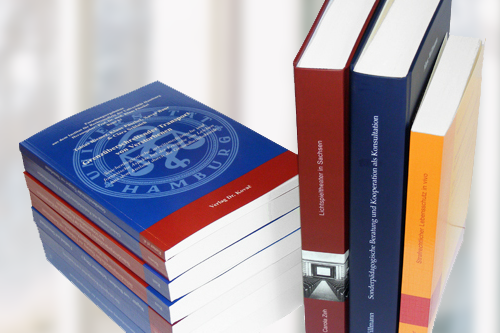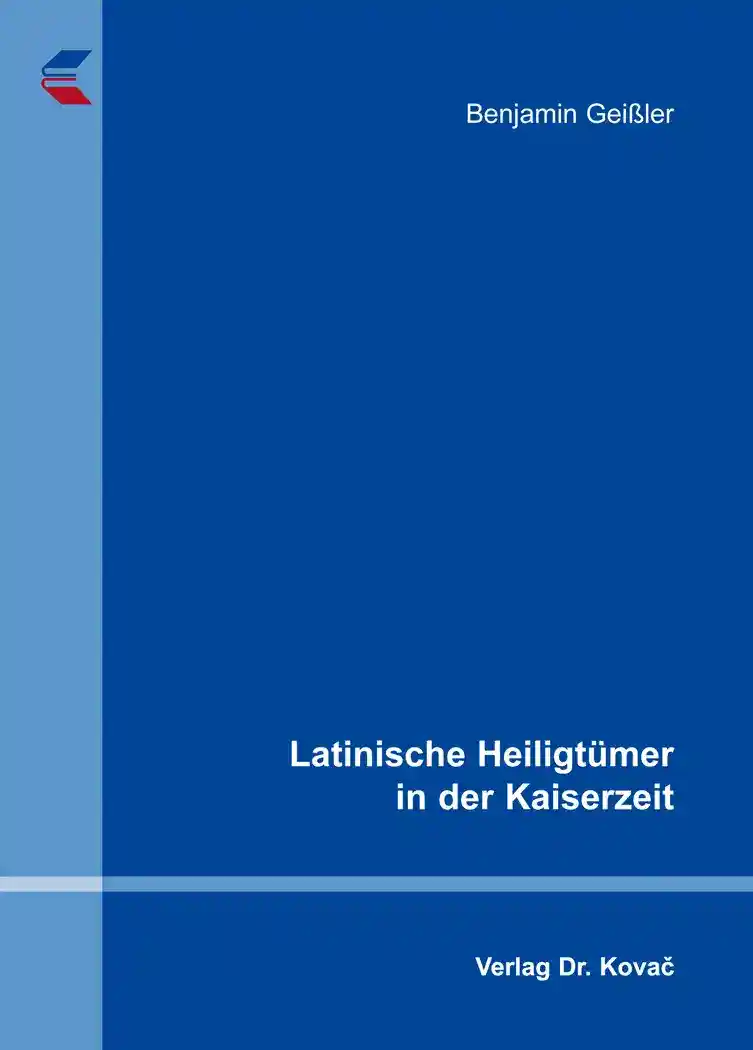Benjamin GeißlerLatinische Heiligtümer in der Kaiserzeit
Schriften zur Klassischen Archäologie, volume 1
Hamburg 2015, 626 pages
ISBN 978-3-8300-8597-3 (print) |ISBN 978-3-339-08597-9 (eBook)
Rezension
[...] Mit diesem Buch wurde somit ein erster Einstieg in die spannende Frage nach der kaiserzeitlichen Nutzung der monumentalen latinischen Heiligtümer vorgelegt, die nun durch weitere Arbeiten vertieft werden kann.
About this book deutschenglish
The late-republican architecture of the great Latin sanctuaries of Fortuna Primigenia in Praeneste, Hercules Victor at Tibur, Diana Nemorensis at lake Nemi, Juno Sospita in Lanuvium and Juno Gabina in Gabii has been intensively discussed in the archaeological research. Single aspects of the religious usage during the republican period and unique religious features have also received attention. But an overall study combining the religious development, importance and influence of these sanctuaries from the beginning of time is still missing. Based on a comprehensive collection of materials this book is providing such an in depth overview. But not only archaeological evidence, like sculptures, vases, inscriptions etc. are analysed, also indirect references, like for example through written sources documented religious festivals are incorporated. Thereby all evidences are examined very critical regarding their relevance for the religious life. In this way the architectural as well as religious development of each sanctuary from its beginning until is decline in the late Roman Empire are reconstructed in detail. Additionally the historical development and the religious life of each city are, especially during the late-republican and imperial period, carefully investigated. By combining both aspects a detailed understanding of the religious life in the cities and the importance of the sanctuaries for them is achieved. Finally by comparing the Latin cities and sanctuaries with each other the overall development in the Latin area is analysed. One of the most important insights gathered is that the sanctuaries remain the religious centre of the cities until the rise of Christianity. New, oriental cults like that of Isis had nearly no influence. Therefore from the Late-Republic till the Roman Empire the Latin cities can be described as architectural innovative, but traditional regarding religious matters.Ihr Werk im Verlag Dr. Kovač

Möchten Sie Ihre wissenschaftliche Arbeit publizieren? Erfahren Sie mehr über unsere günstigen Konditionen und unseren Service für Autorinnen und Autoren.
